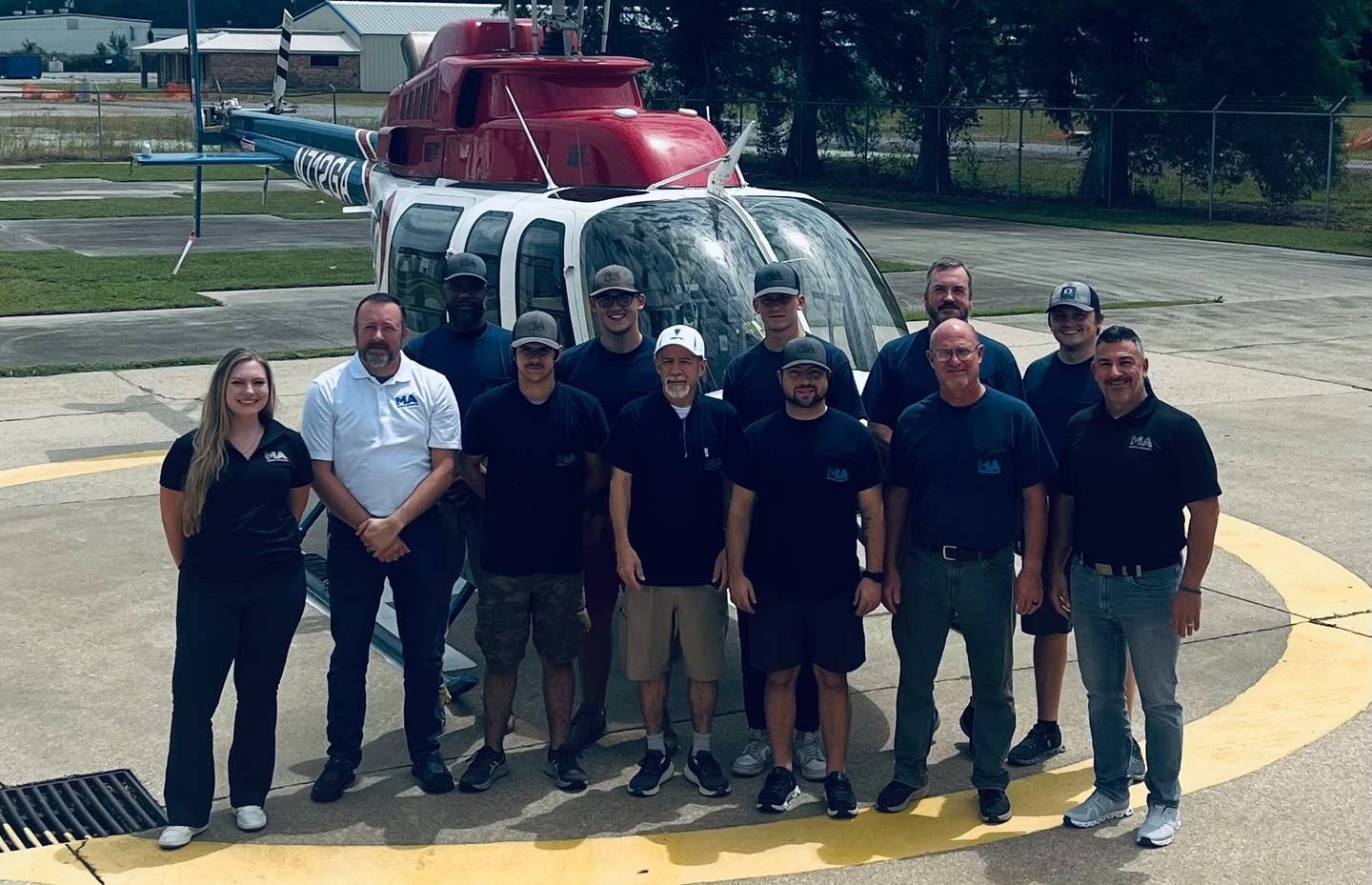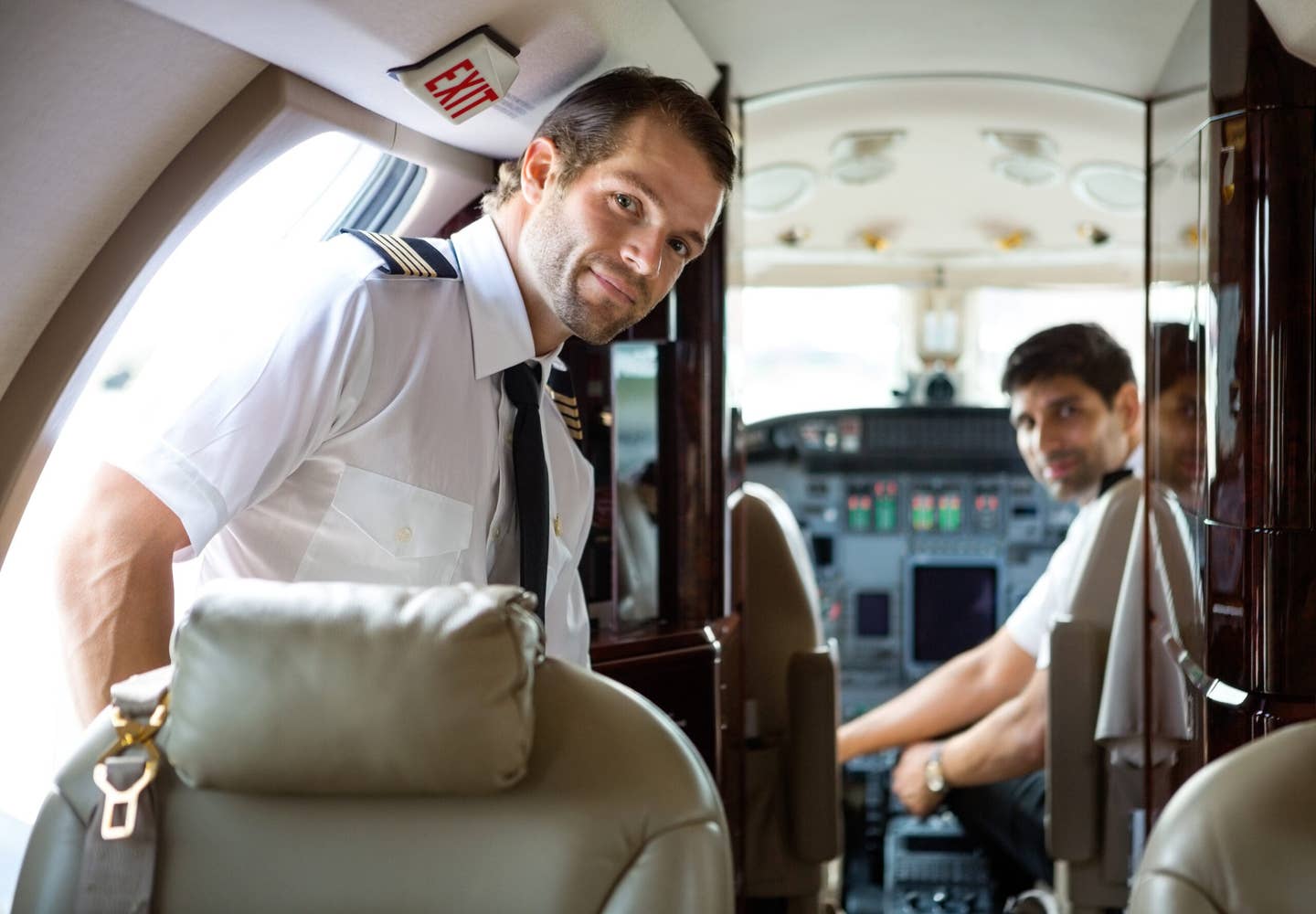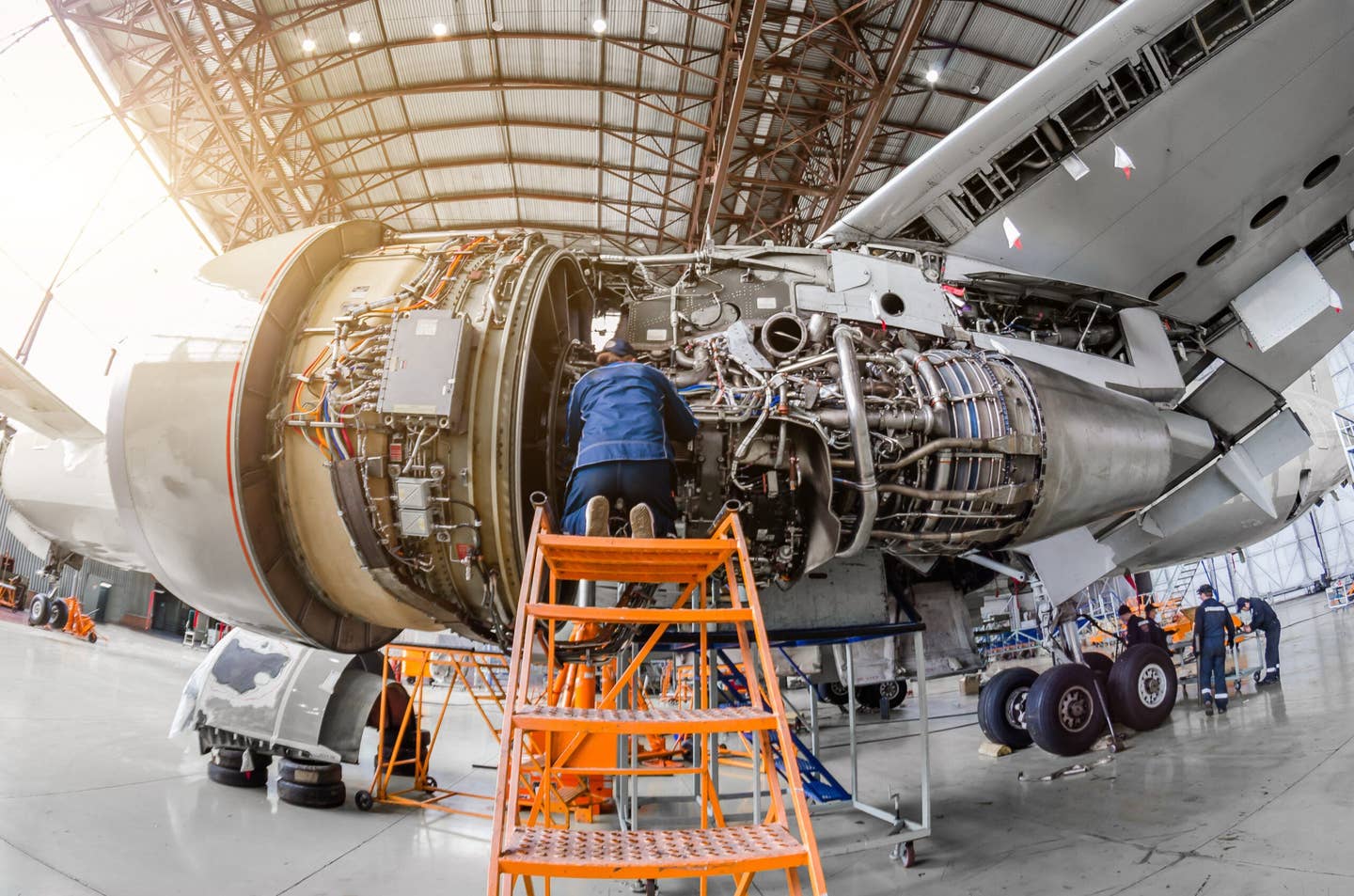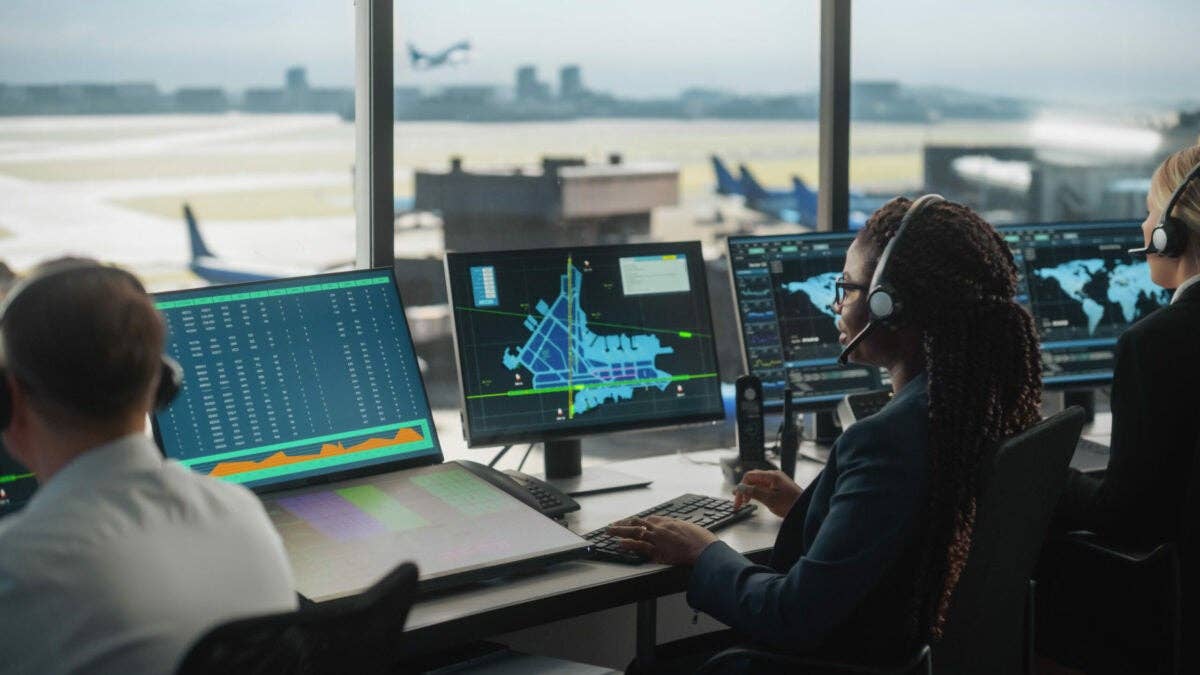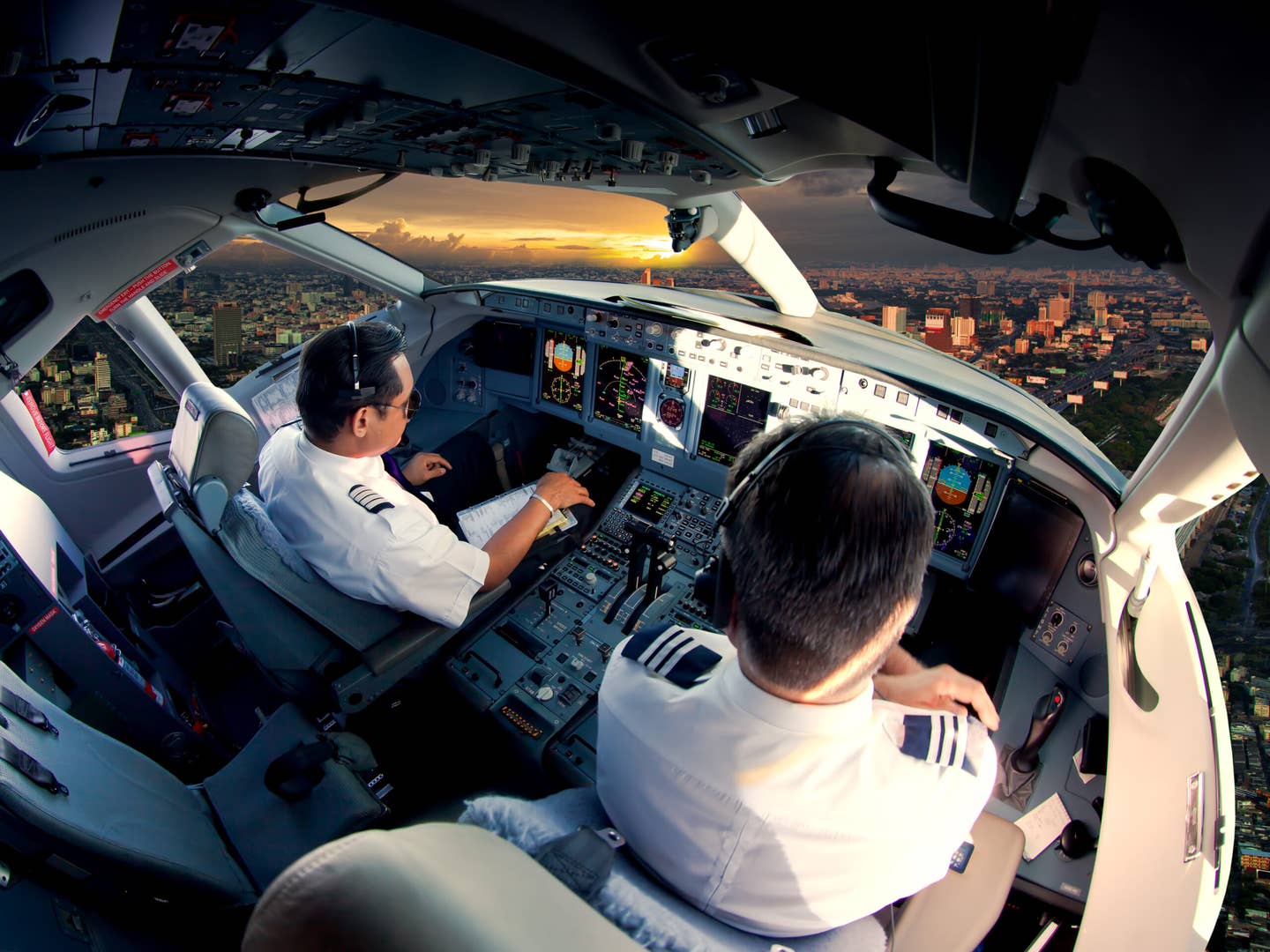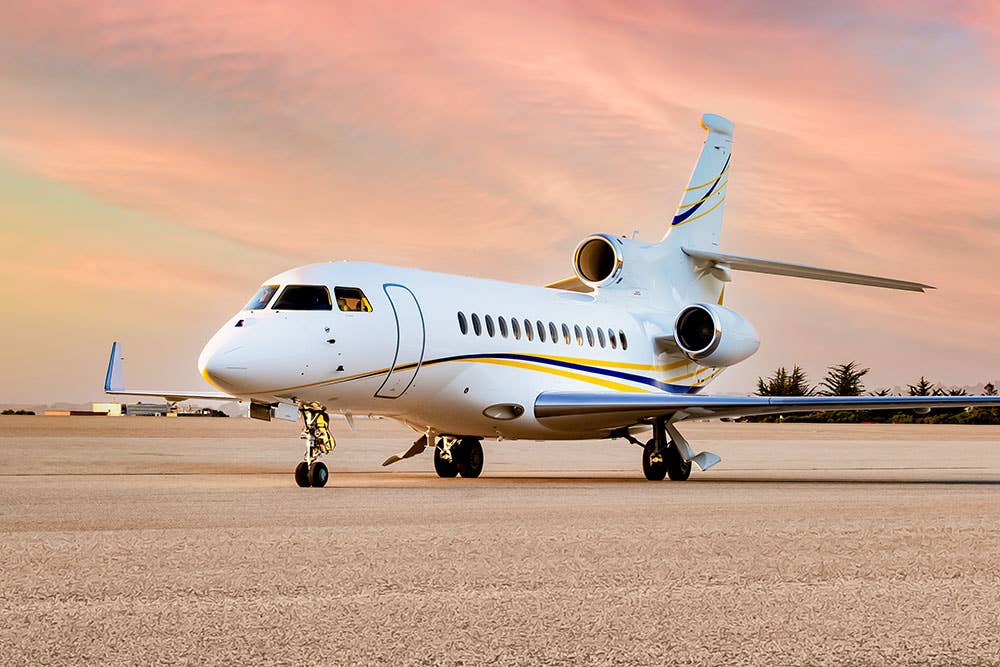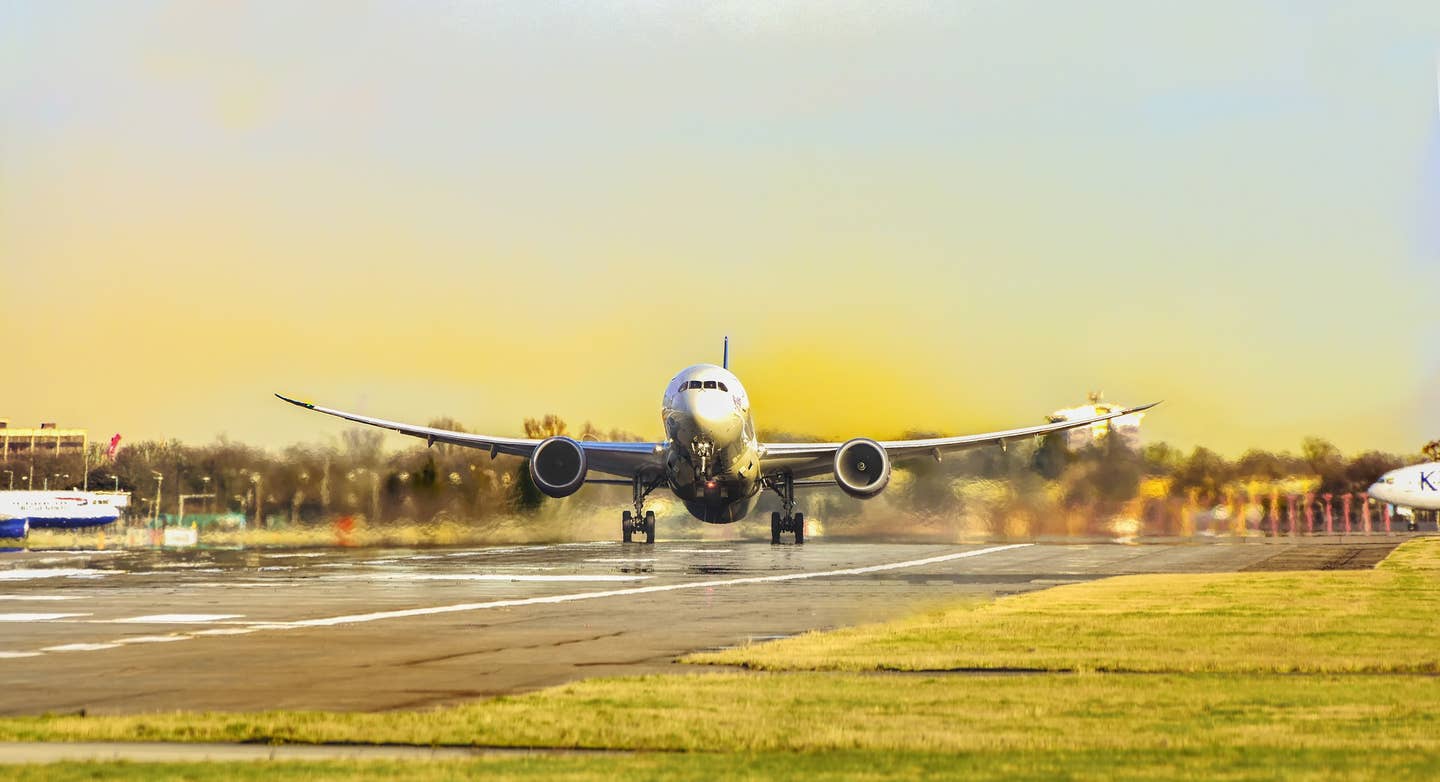
Global airlines suffered throughout 2020, as reflected in IATA figures released this week—but the recovery in 2021 is going strong. bilaleldaou/Pixabay
Statistics released this week by the International Air Transport Association (IATA) paint a sharp picture of the effect the COVID-19 pandemic had on the global air industry in 2020.
Among the more startling numbers released by the trade association for the airline industry:
- The number of passengers dropped more than 60 percent, from 4.5 billion in 2019 to 1.8 billion in 2020.
- Domestic air passenger demand dropped 48.8 percent from 2019 to 2020 while international demand fell by 75.6 percent.
- Total passenger revenue fell by 69 percent, leading to combined net losses for the industry of more than $126.4 billion.
The drop in air passengers was the largest since the tracking of revenue passenger kilometers (RPKs) began in 1950.
Some areas of the globe were hurt more than others. The Middle East took the biggest hit, with a drop of 71.5 percent in RPKs compared to 2019. Europe’s fell by 69.7 percent and the Africa region lost 68.5 percent.
Air freight was a bright spot in 2020. The need to transport goods, including vaccines, PPEs, and other medical supplies, kept cargo planes in the air. Still, the decline in cargo demand in 2020—9.7 percent—was the largest since the global financial crisis of 2009.
However, Willie Walsh, IATA’s director general, said there’s a silver lining.
“2020 was a year that we’d all like to forget. But analyzing the performance statistics for the year reveals an amazing story of perseverance,” he said in a statement.
“Many governments recognized aviation’s critical contributions and provided financial lifelines and other forms of support. But it was the rapid actions by airlines and the commitment of our people that saw the airline industry through the most difficult year in its history.”
Pilots bore a portion of the load in 2020, with most of the majors either furloughing or asking for concessions in terms of early retirement, unpaid leave, and reduced hours. However, most majors have turned the corner, with United Airlines and American Airlines moving back into hiring mode in late May and early June, respectively, and regional airlines such as Horizon Air, Mesa Airlines, Transair, and PSA turning on the valve in the past two weeks.
Flight schools have also seen an uptick in the programs created in partnership with both regionals and the majors.

Subscribe to Our Newsletter
Get the latest FLYING stories delivered directly to your inbox

